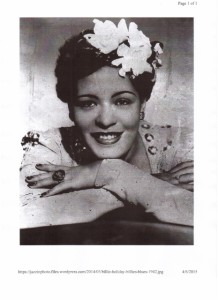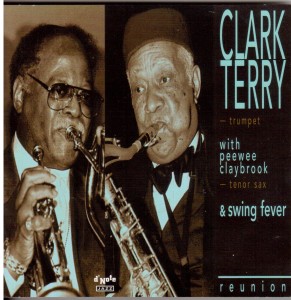Wedding receptions aren’t always as lively as we want them to be. Sometimes, people are feeling tired and worn out after a long day. If you want to make sure your guests have a great time, you’re going to want to find a way to add a little bit of extra excitement to your wedding reception.
Thankfully, there is an easy way for you to do just that. If you make swing dancing a part of your wedding reception, people will be at the edge of your seat.
Here are three different ways you can include swing in your reception.
-
• Have The Bride And Groom Perform A Swing Routine
The bride and groom should be the stars of any wedding reception. If the newlywed couple wants to stand out and thrill their guests, they should try performing some kind of swing dance routine.
A well-choreographed routine will really impress guests. Most people don’t expect to see great dancing at a wedding, so when they do see it, they have absolutely blown away.
While swing dancing is a great idea for a first dance, a swing routine could also be another, different performance. What’s important is that the bride and groom feel great about the routine they’re performing. Everyone will love seeing those swing steps! -
• Teach Guests Swing Dance Steps
A lot of people love watching swing dancing but don’t think that they could learn those steps themselves. If you have guests like this, take it upon yourself to teach them a few swing steps. By the time the night is over, they’ll be dancing like old pros.
If there are some experienced dancers attending the wedding, they should easily be able to teach a few simple steps to guests. If there aren’t a lot of dancers around, you could hire an instructor to offer a brief dance lesson. Sure, that sort of thing is unusual for a wedding, but that’s what makes it fun! -
• Include Some Big-Band Songs On Your Wedding Playlist
If the people attending your wedding are already big fans of swing, you won’t need to do anything special in order to get them moving. All you’ll need to do is make sure that they have a few great songs to dance to. Believe it or not, there are couples that feel their friends and family don’t enjoy dancing but do love the great songs that came out of the swing era.
Some couples hire a swing dance band for part of their event and then switch to a DJ for rock material. There are “variety bands,” that do swing and rock along with some ballroom material, Swing Fever Entertainment offers some great ones.
If you’re working with a band, try to handle a band that can incorporate a little bit of swing into their music. As people like to say, your songs won’t mean a thing if they don’t have that swing!
Swing dancing is an absolute blast, especially when it’s done at weddings. If you add a little bit of swing to your wedding, you’ll be able to have a reception that your guests won’t forget. Don’t feel like you have to have the same wedding everyone else is having. Make your wedding unique and special.
This is a guest post by Mark Wilcox, founder of Wedding Intro which helps brides reduce their stress by providing simple and clear wedding planning information.

